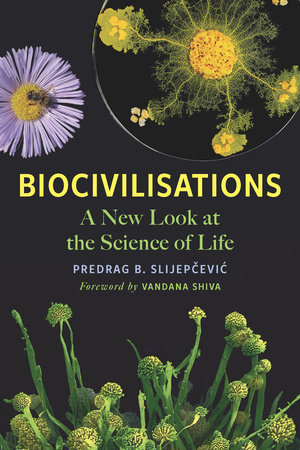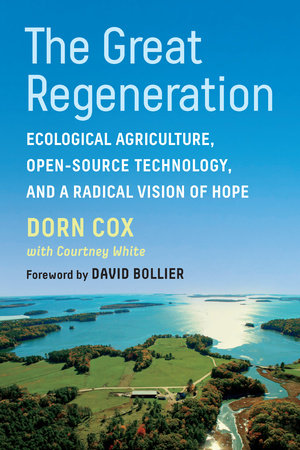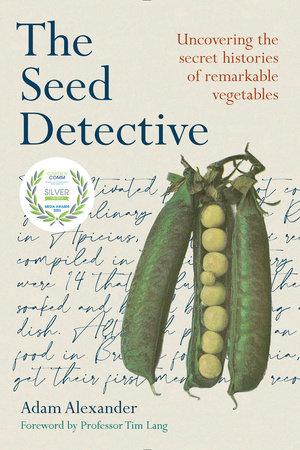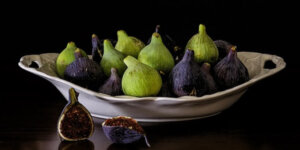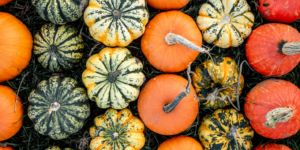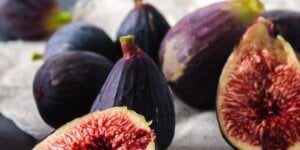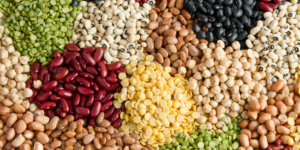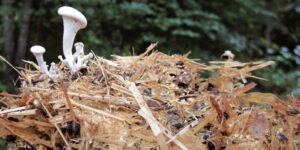Microbes: The Internet of Living Things
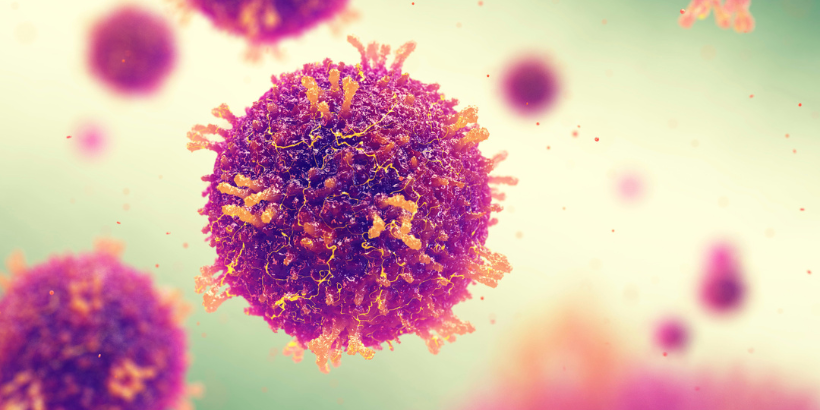
Believe it or not, the Internet wasn’t exactly a human invention. The World’s First Internet was created by microbes, the tiny organisms that are responsible for all life on Earth. Before humans were even close to existing, microbes were hard at work creating their very own Internet of Things — and today, our very own World Wide Web is built around their model.
The following is an excerpt from Biocivilisations: A New Look at the Science of Life by Dr. Predrag Slijepčević. It has been adapted for the web.
The World’s First Internet
Creating a huge global network connecting billions of individuals might be one of humanity’s greatest achievements, but microbes beat us to it by more than three billion years. These tiny single-cell organisms aren’t just responsible for all life on Earth, they also have their own versions of the World Wide Web and the Internet of Things. Here’s how it works.
Much like our own cells, microbes treat pieces of DNA as coded messages. These messages contain information for assembling proteins into molecular machines that can solve specific problems, such as repairing the cell. But microbes don’t just get these messages from their own DNA. They also swallow pieces of DNA from their dead relatives or exchange them with living mates. These DNA pieces are then incorporated into their genomes, which are like computers overseeing the work of the entire protein machinery. In this way, the tiny microbe is a flexible learning machine that intelligently searches for resources in its environment. If one protein machine doesn’t work, the microbe tries another one. Problems are solved through trial and error.
Original Societies: Microbe Colonies
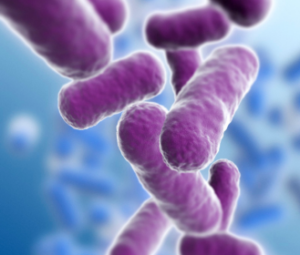
Using Microbes to Advance Technology
The similarities to human technology don’t stop there. Scientists and engineers are now working on expanding our own information network into the Internet of Things, integrating all manner of devices by equipping them with microchips to sense and communicate. Your fridge will be able to alert you when it is out of milk. Your house will be able to tell you when it is being burgled. But microbes built their version of the Internet of Things a long time ago. We can call it the Internet of Living Things, better known as the biosphere. Every organism on the planet is linked in this complex network that depends on microbes for its survival. More than a billion years ago, one microbe found its way inside another microbe that became its host. These two microbes became a symbiotic hybrid known as the eukaryotic cell, the basis for most of the life forms we are familiar with today. All plants and animals are descended from this microbial merger and so they contain the biological ‘plug-in’ software that connects them to the Internet of Living Things.
For example, humans are designed in a way that means we cannot function without the trillions of microbes inside our bodies (our microbiome) that help us do things like digest food and develop immunity to germs. We are so overwhelmed by microbes that we imprint personal microbial signatures on every surface we touch.
The Internet of Living Things is a neat and beautifully functioning system. Plants and animals live on the ecological waste created by microbes, while to microbes all plants and animals are, as author Howard Bloom puts it, ‘mere cattle on whose flesh they dine’, whose bodies will be digested and recycled one day.
Microbes are even potential cosmic tourists. If humans travel into deep space, our microbes will travel with us. The Internet of Living Things may have a long cosmic reach. The paradox is that we still perceive microbes as inferior organisms. The reality is that microbes are the invisible and intelligent rulers of the biosphere. Their global biomass exceeds our own. They are the original inventors of the information-based society. Our internet is merely a by-product of the microbial information game initiated three billion years ago.29
Notes
29. Predrag Slijepčević, ‘Micobes have their own version of the internet,’ The Conversation (4 August 2017), https://theconversation.com/microbes-have-their-own-version-of-the-internet-75642.
Recommended Reads
Open-Source Systems: How Communities Can Help Promote Regenerative Agriculture
Recent Articles
The fig tree is more than just a fruit-bearing wonder. The complex nature of these trees is beyond fascinating. They are the ultimate ecosystem superheroes!
Read MorePumpkins: Halloween symbol or sweet treat? But have you ever wondered how they became a holiday staple? Discover the rich history behind this fall favorite!
Read MoreHave you ever wondered why fig trees are considered a symbol of abundance and fertility across cultures? What exactly makes these trees so special?
Read MoreSeeds strengthen our connections to what we grow and eat; they are intrinsic to our identity and our future. I cherish seed as a common resource that all the world should be able to access freely.
Read MoreCultivating mushrooms on various substrates has many benefits — from composting, mycoremediation, and creating value-added consumer goods. It helps reduces waste and helps the environment!
Read More

